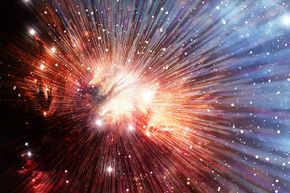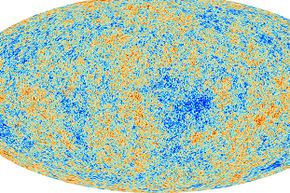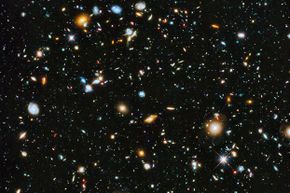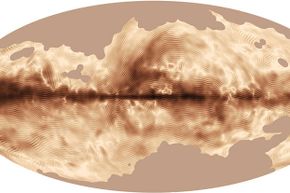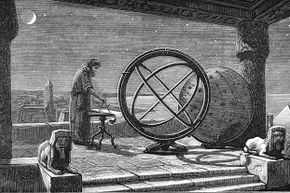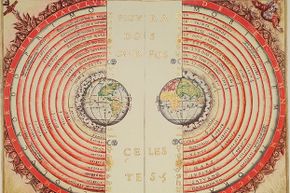Key Takeaways
- Hugh Everett proposed the multiverse concept in 1957, suggesting every quantum event spawns separate universes for each outcome.
- Initially controversial, Everett's multiverse theory has gained acceptance among physicists and has become a popular theme in science fiction.
- Key reasons supporting the multiverse include solutions to the paradox of Schrödinger's cat, observational evidence from cosmic microwave background data and philosophical arguments.
In 1954, a 27-year-old Princeton University graduate student named Hugh Everett III was drinking sherry with some friends and shooting the bull about physics. During the conversation, Everett got a wild idea about how to fix one of the most deviling problems in quantum mechanics, which looks at how reality functions at the microscopic level. In quantum theory, an elementary particle such as an electron doesn't exist in a single state, but rather in a superposition— that is, a multiplicity of locations, velocities, and orientations. But in the macroscopic (visible to the naked eye) level of things that we can observe and experience, objects seem to exist in just one state at a time [source: Byrne]. How does our world result from all those possibilities?
Everett, a creative thinker if there ever was one, got a brainstorm that was at once both brilliant and bizarre. Here's a greatly oversimplified version: Instead of a single reality where everything existed in just one of its many possible states, Everett imagined a multiverse, full of different realms in which all the possibilities dictated by quantum mechanics could exist at once [source: Byrne].
Advertisement
Everett's idea, which became the subject of his 1957 doctoral thesis, was so offbeat that he had difficulty getting it published in a scientific journal — an experience that reportedly let him so disgruntled, he quit theoretical physics altogether and took a research job at the Pentagon [source: multiverse/">Hooper].
But in the decades that followed, Everett's notion of a multiverse has gradually gained credibility among physicists. Moreover, it has ensconced itself into popular culture as a frequent theme in science fiction, and become a subject of fascination for scores of ordinary folks who don't know or care anything about the nuances and paradoxes of quantum theory. After all, it's mind-blowing to imagine that every choice we make in life — from the person we marry, where we live, what color we dye our hair, what we eat for lunch — spawns a separate universe in which another version of ourselves did something different [source: Hooper].
So do we live in a multiverse? We can't say for sure, but here are 10 reasons why it's a possibility that we should take seriously.



